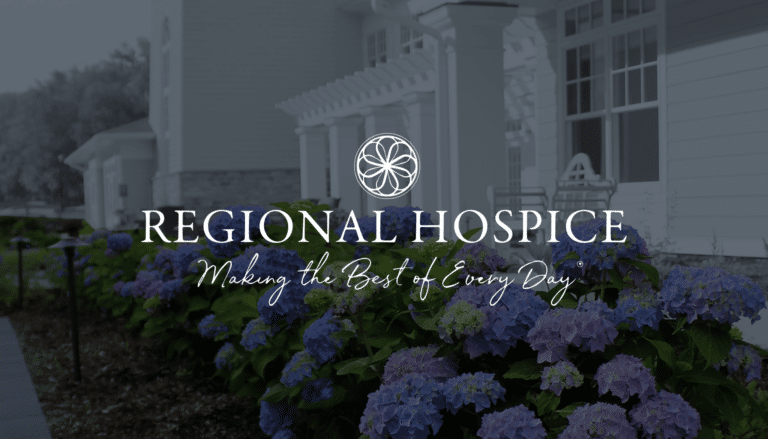CMS Hosts PDGM National Provider Call
On Wednesday, August 21, CMS hosted a National Provider Call for home health providers titled “Home Health Patient-Driven Groupings Model: Operational Issues.” The presentation discussed PDGM claims submission, new occurrence codes, and several scenarios related to early vs. late timing of 30-day periods and institutional vs. community admissions. Highlights include: To access the presentation and the call…




